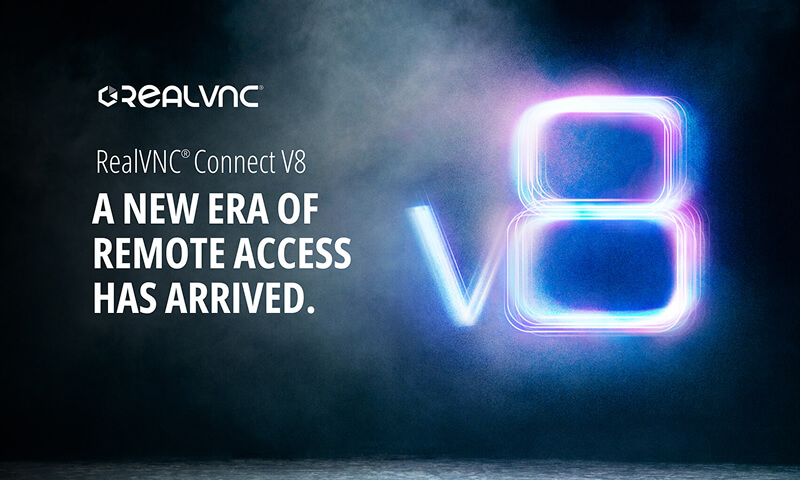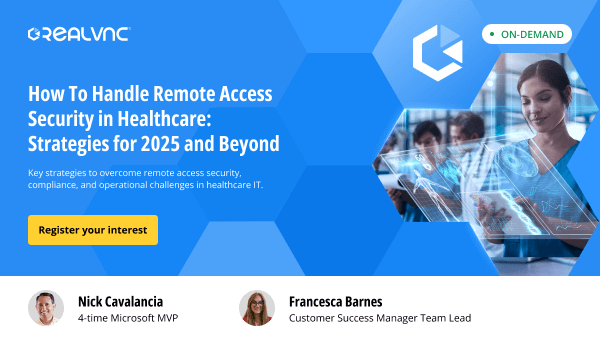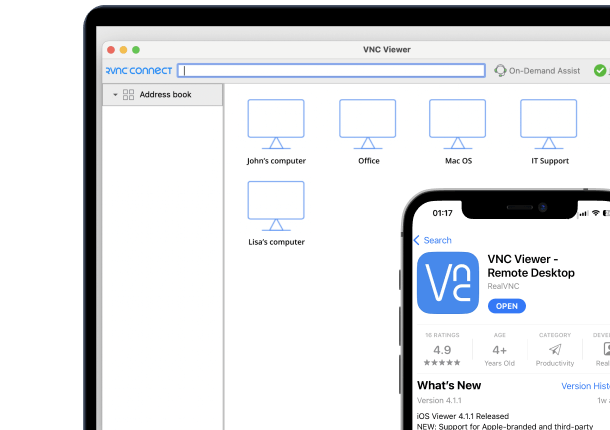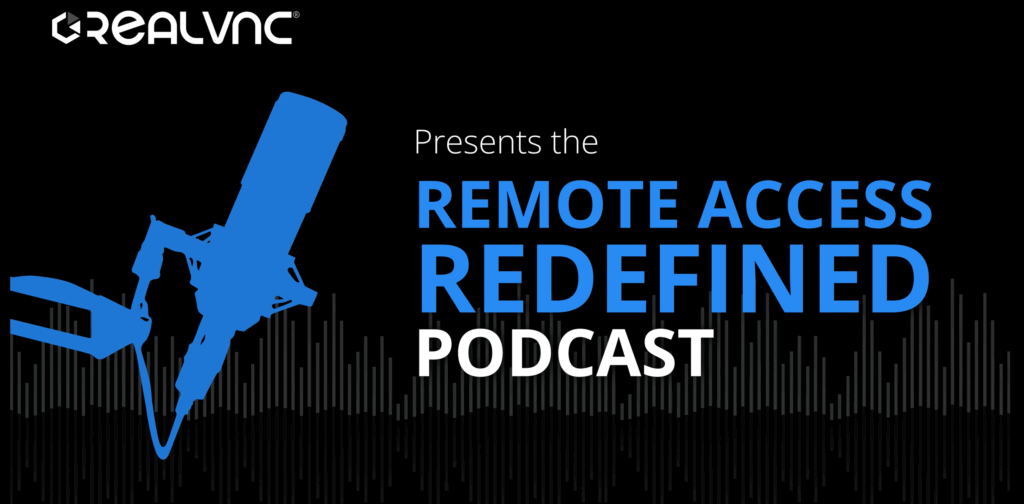In healthcare, every moment and decision can impact a patient’s life. Although telemedicine has been used since the 1960s, the COVID-19 pandemic triggered a rapid increase in telehealth solution innovation and adoption among patients and practitioners. That explosive growth not only transformed medical care delivery but also revealed a need for secure remote access solutions to ensure reliability and enhance patient care.
 With telehealth solutions, primary care providers can offer virtual visits, reducing the need for in-person appointments and enhancing the overall patient experience. Telehealth services, including remote patient monitoring and mobile health, have become essential tools for healthcare providers, allowing them to track vital signs, monitor chronic conditions, and provide urgent care remotely.
With telehealth solutions, primary care providers can offer virtual visits, reducing the need for in-person appointments and enhancing the overall patient experience. Telehealth services, including remote patient monitoring and mobile health, have become essential tools for healthcare providers, allowing them to track vital signs, monitor chronic conditions, and provide urgent care remotely.
 KeyCare, a telehealth platform provider, recently reported the top reasons patients choose telehealth over office visits. Convenience predictably plays a role, but the survey uncovered other considerations like staying away from other sick patients and not bothering their doctor with minor issues. These reasons illustrate how having options for healthcare service delivery benefits both patients and providers.
KeyCare, a telehealth platform provider, recently reported the top reasons patients choose telehealth over office visits. Convenience predictably plays a role, but the survey uncovered other considerations like staying away from other sick patients and not bothering their doctor with minor issues. These reasons illustrate how having options for healthcare service delivery benefits both patients and providers.
 The challenge is to use the right solution, one that offers access without compromising data privacy and security. Compromised data can lead to compromised care, and that’s a risk no provider can afford.
The challenge is to use the right solution, one that offers access without compromising data privacy and security. Compromised data can lead to compromised care, and that’s a risk no provider can afford.
 To address these concerns, RealVNC Connect Version 8 introduces Connect Code, a feature designed for secure, temporary access. It generates a unique session code that refreshes every 120 seconds, ensuring that access is both time-limited and controlled. Physicians and specialists are able to securely collaborate on patient care from different locations, without exposing sensitive information to ongoing risk.
To address these concerns, RealVNC Connect Version 8 introduces Connect Code, a feature designed for secure, temporary access. It generates a unique session code that refreshes every 120 seconds, ensuring that access is both time-limited and controlled. Physicians and specialists are able to securely collaborate on patient care from different locations, without exposing sensitive information to ongoing risk.
 Code Connect also requires guest users to have a verified RealVNC account, adding an extra layer of accountability. All sessions are encrypted end-to-end, and detailed audit logs are maintained, providing transparency and traceability for all remote interactions.
Code Connect also requires guest users to have a verified RealVNC account, adding an extra layer of accountability. All sessions are encrypted end-to-end, and detailed audit logs are maintained, providing transparency and traceability for all remote interactions.
 Beyond that, RealVNC Connect is designed so that no session data is ever stored or processed by RealVNC. That means patient information stays entirely within the healthcare organization’s control.
With a secure foundation in place, providers can focus on delivering care—knowing their remote access solution is supporting both compliance and patient trust.
Beyond that, RealVNC Connect is designed so that no session data is ever stored or processed by RealVNC. That means patient information stays entirely within the healthcare organization’s control.
With a secure foundation in place, providers can focus on delivering care—knowing their remote access solution is supporting both compliance and patient trust.
What is Telehealth?
Telehealth is a revolutionary approach to healthcare that relies on telecommunications technology to deliver health services, patient education, and training remotely. This innovative solution enables healthcare providers to reach patients in remote locations, increasing access to treatment and improving patient outcomes.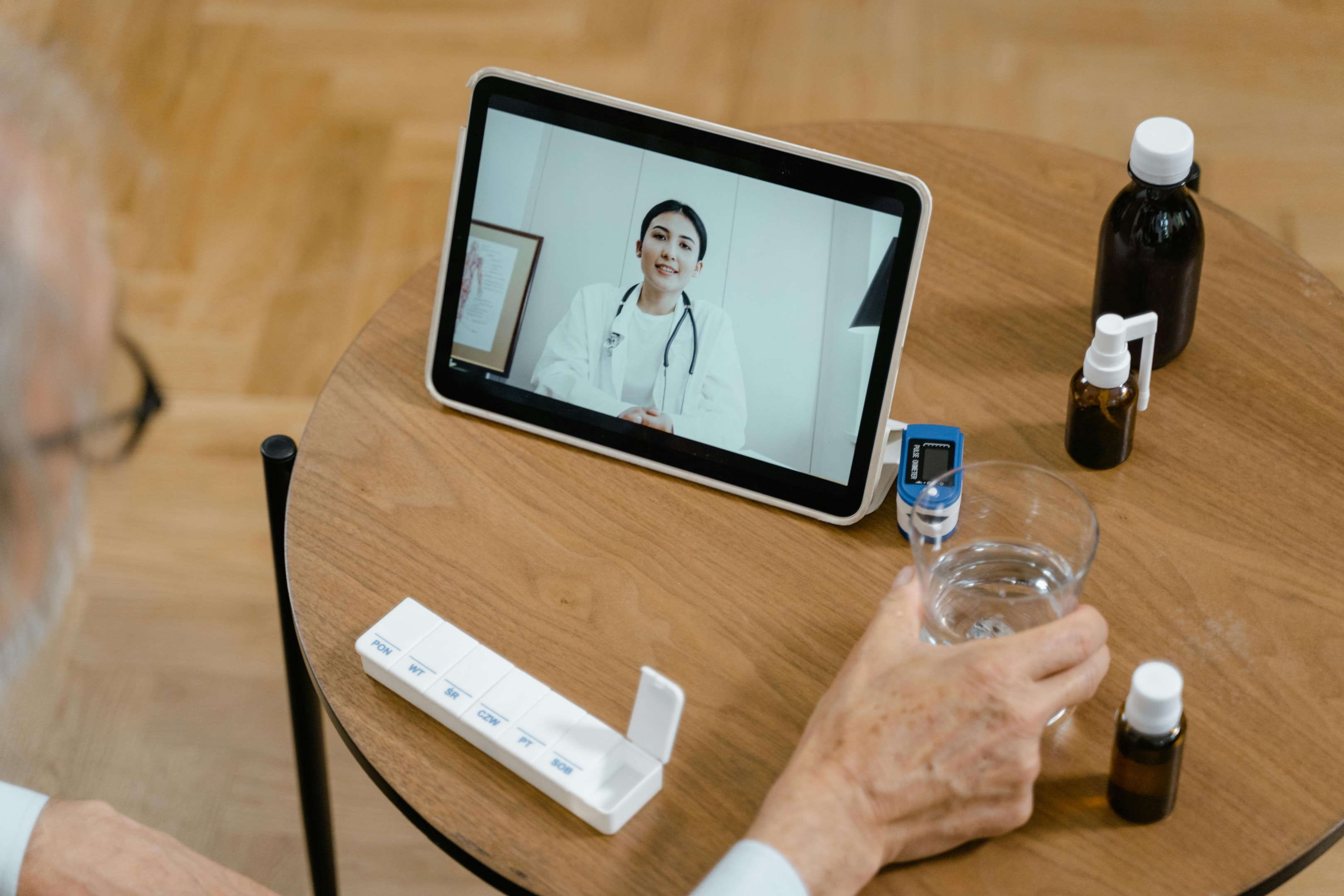 With telehealth solutions, primary care providers can offer virtual visits, reducing the need for in-person appointments and enhancing the overall patient experience. Telehealth services, including remote patient monitoring and mobile health, have become essential tools for healthcare providers, allowing them to track vital signs, monitor chronic conditions, and provide urgent care remotely.
With telehealth solutions, primary care providers can offer virtual visits, reducing the need for in-person appointments and enhancing the overall patient experience. Telehealth services, including remote patient monitoring and mobile health, have become essential tools for healthcare providers, allowing them to track vital signs, monitor chronic conditions, and provide urgent care remotely.
4 Ways Telehealth Solutions Transform Medical Care Delivery
1. Improves Healthcare Access
Remote telemedicine software solutions help break down the traditional barriers that have long restricted access to healthcare. Low-cost options add to the appeal of these services by making them affordable for patients while providing timely care through innovative technology.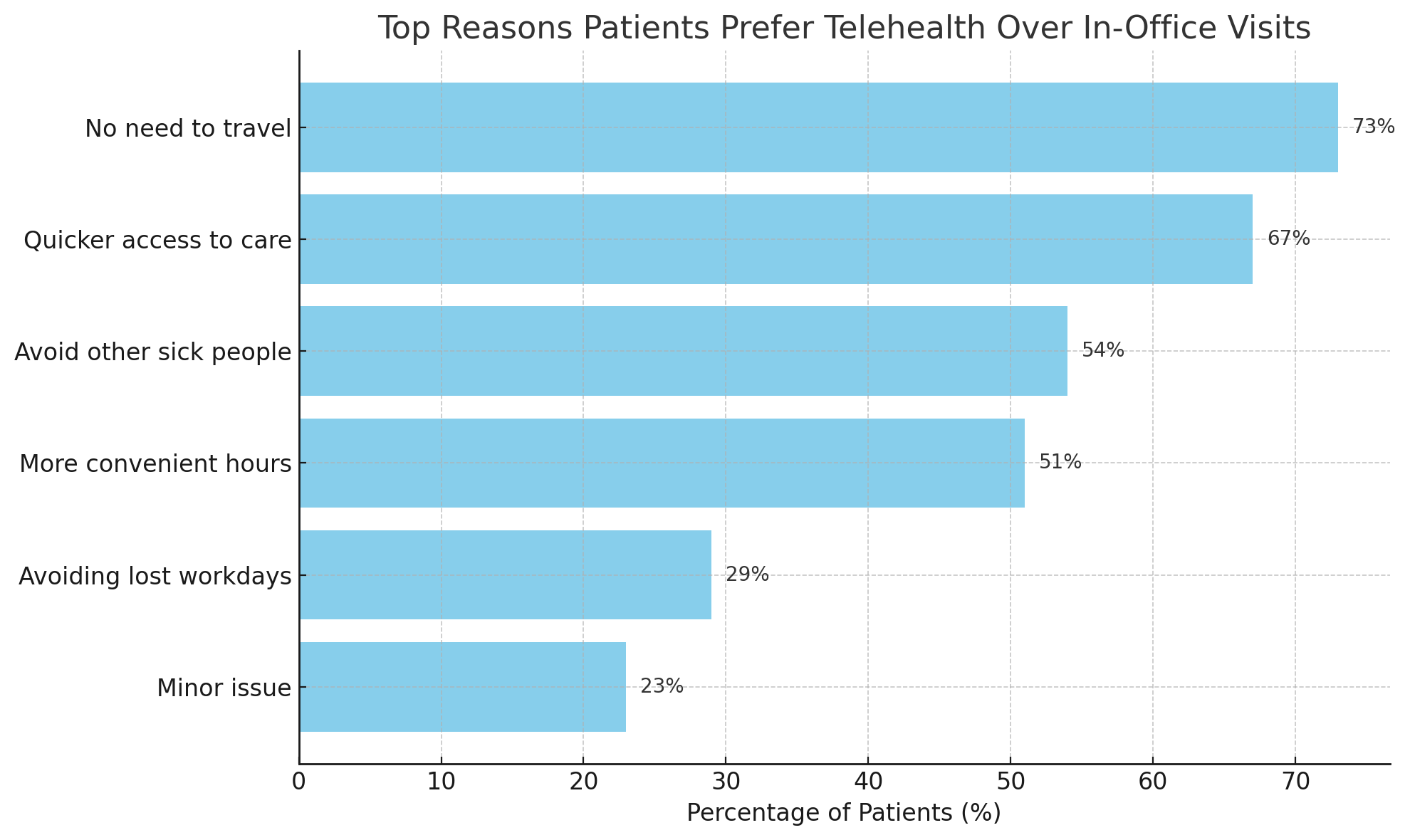 KeyCare, a telehealth platform provider, recently reported the top reasons patients choose telehealth over office visits. Convenience predictably plays a role, but the survey uncovered other considerations like staying away from other sick patients and not bothering their doctor with minor issues. These reasons illustrate how having options for healthcare service delivery benefits both patients and providers.
KeyCare, a telehealth platform provider, recently reported the top reasons patients choose telehealth over office visits. Convenience predictably plays a role, but the survey uncovered other considerations like staying away from other sick patients and not bothering their doctor with minor issues. These reasons illustrate how having options for healthcare service delivery benefits both patients and providers.
2. Extends Reach for Medical Experts
By using remote access software, medical personnel can now access medical equipment and patient data from any location. Store-and-forward telehealth technology facilitates the sharing of medical information between healthcare professionals at other locations, enhancing efficiency and access to specialists. This not only streamlines diagnostic and treatment processes but also makes sure that patients receive timely care, regardless of geographical constraints.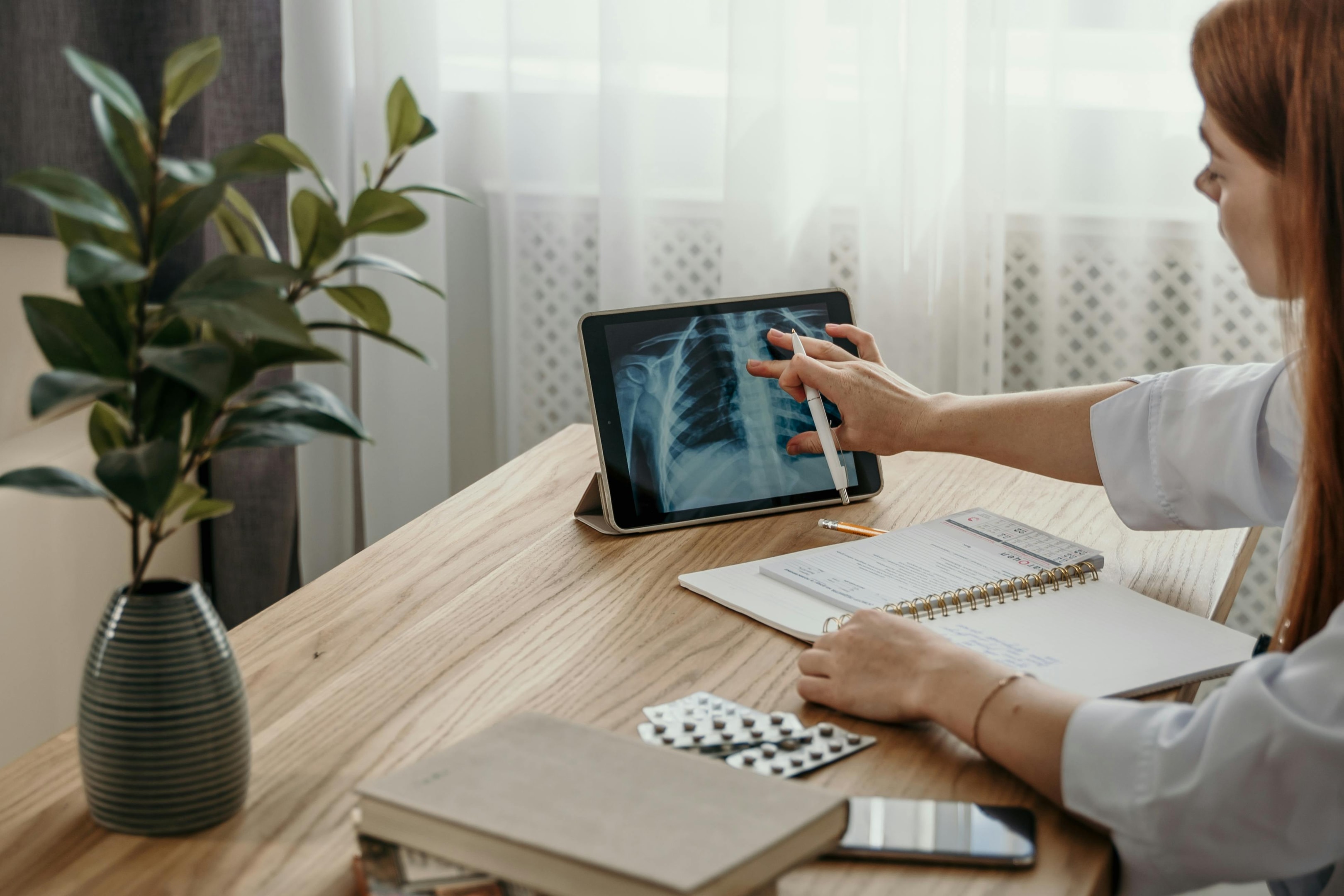 The challenge is to use the right solution, one that offers access without compromising data privacy and security. Compromised data can lead to compromised care, and that’s a risk no provider can afford.
The challenge is to use the right solution, one that offers access without compromising data privacy and security. Compromised data can lead to compromised care, and that’s a risk no provider can afford.
3. Increases Patient Data Protection
That said, it’s essential to consider telehealth solutions that prioritize physicians’ and patients’ information security. Data from the U.S. Department of Health and Human Services Office for Civil Rights Breach Portal shows that hacking/IT incidents and unauthorized access/disclosure are the leading types of healthcare breaches reported in the last two years. Addressing these risks requires tools built with security in mind, especially when external access is necessary for collaboration or support.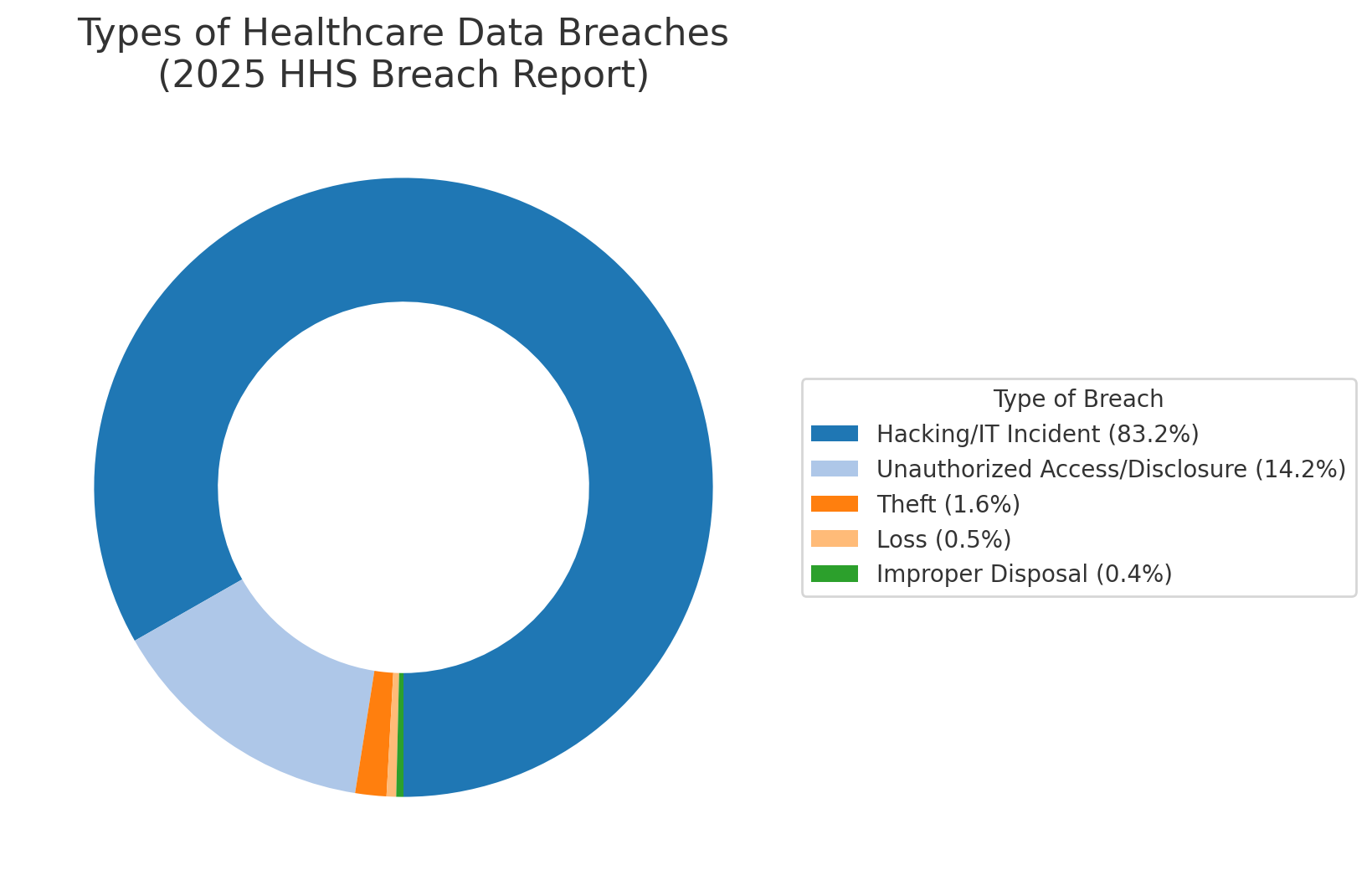 To address these concerns, RealVNC Connect Version 8 introduces Connect Code, a feature designed for secure, temporary access. It generates a unique session code that refreshes every 120 seconds, ensuring that access is both time-limited and controlled. Physicians and specialists are able to securely collaborate on patient care from different locations, without exposing sensitive information to ongoing risk.
To address these concerns, RealVNC Connect Version 8 introduces Connect Code, a feature designed for secure, temporary access. It generates a unique session code that refreshes every 120 seconds, ensuring that access is both time-limited and controlled. Physicians and specialists are able to securely collaborate on patient care from different locations, without exposing sensitive information to ongoing risk.
 Code Connect also requires guest users to have a verified RealVNC account, adding an extra layer of accountability. All sessions are encrypted end-to-end, and detailed audit logs are maintained, providing transparency and traceability for all remote interactions.
Code Connect also requires guest users to have a verified RealVNC account, adding an extra layer of accountability. All sessions are encrypted end-to-end, and detailed audit logs are maintained, providing transparency and traceability for all remote interactions.
4. Enables Seamless Collaboration
Telehealth tools don’t just improve access to care, they also make it easier for healthcare professionals to collaborate in real time or asynchronously. Whether it’s a specialist offering a second opinion or multiple providers coordinating on a complex case, remote access tools make secure, efficient collaboration possible. With the right technology in place, physicians can access shared systems, review patient data, and contribute to treatment decisions from any location. This not only enhances diagnostic accuracy but also opens up opportunities for training, mentoring, and knowledge-sharing across teams without the delays or logistical hurdles of in-person coordination.Securing Remote Access in Healthcare
In healthcare, trust and privacy go hand in hand. As more providers deliver care remotely, safeguarding patient data becomes even more critical. HIPAA-compliant remote access software plays a key role in that effort, helping prevent unauthorized access while maintaining the integrity of patient records. RealVNC Connect Version 8 is built with these requirements in mind. It uses end-to-end encryption, up to 256-bit AES with 2048-bit RSA keys and perfect forward secrecy, to protect data during every session. The software also supports compliance with regulations like HIPAA, GDPR, NIS2, and PCI-DSS, and holds ISO/IEC 27001:2013 and Cyber Essentials certifications. Beyond that, RealVNC Connect is designed so that no session data is ever stored or processed by RealVNC. That means patient information stays entirely within the healthcare organization’s control.
With a secure foundation in place, providers can focus on delivering care—knowing their remote access solution is supporting both compliance and patient trust.
Beyond that, RealVNC Connect is designed so that no session data is ever stored or processed by RealVNC. That means patient information stays entirely within the healthcare organization’s control.
With a secure foundation in place, providers can focus on delivering care—knowing their remote access solution is supporting both compliance and patient trust.
